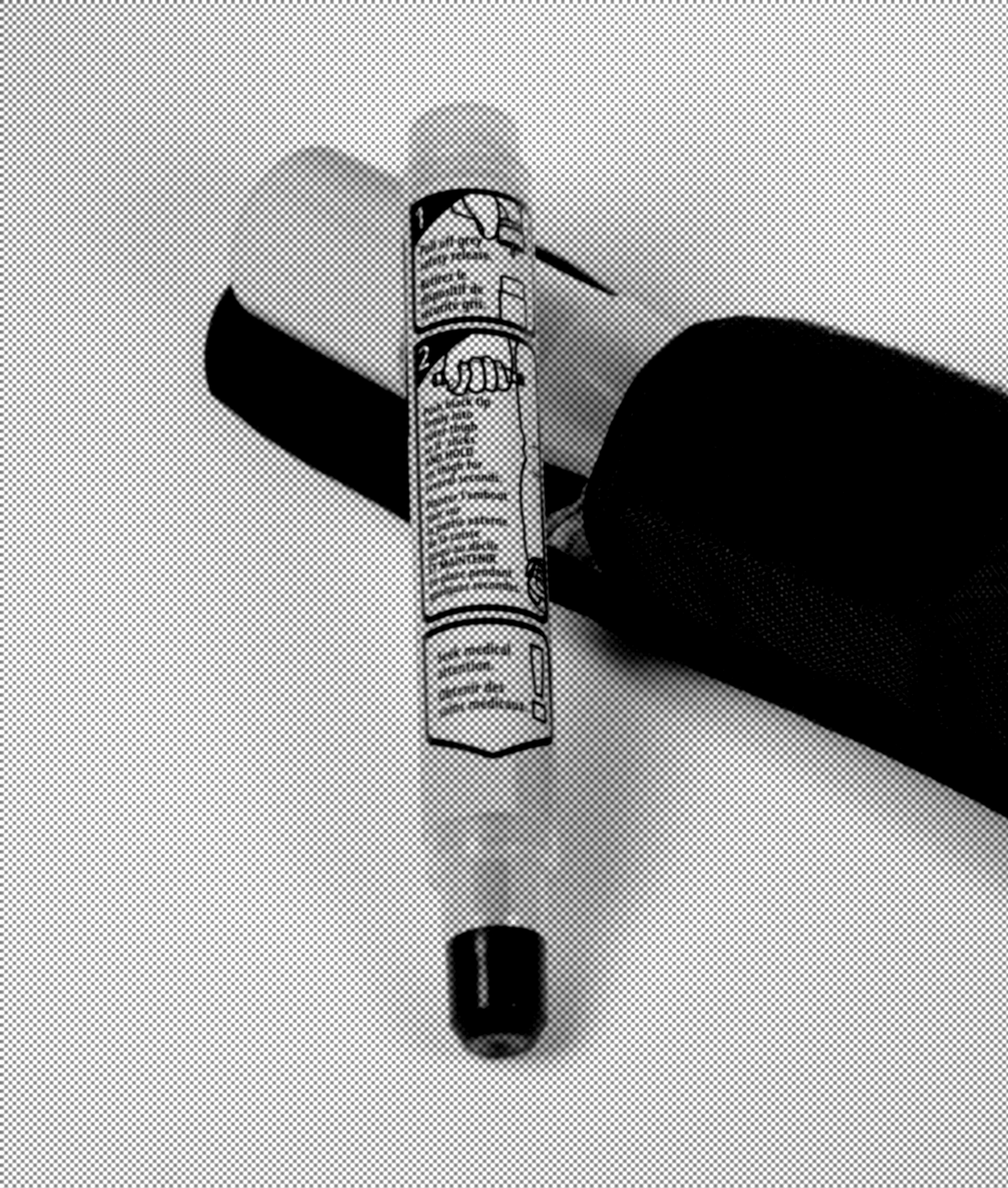
Right now, price gouging for the EpiPen is putting a lifesaving medication out of reach for thousands of American families, while at the same time helping a manipulative hedge fund billionaire get even richer.
Families shouldn’t have to choose between lifesaving drugs and putting food on the table – it’s unfair, and it’s morally wrong.
But hedge fund billionaire John Paulson, who is now an economic adviser and big campaign contributor to Donald Trump, seems totally fine with the profiteering – he’s increased his stake in the corporation that makes the EpiPen to nearly a billion dollars.
Paulson is one of the biggest investors in Mylan Pharmaceutical, which makes the EpiPen, and he’s been a top shareholder since he started investing in the company in 2010.

In just one year, from June 2013 to June 2014 – during the period when Mylan began increasing EpiPen prices most dramatically – his fund appears to have made around $250 million: a 66% profit on its investment in just one year.[1]
Price gouging the Epi-Pen is not the first time Paulson has made big profits from human misery. Click To Tweet Paulson makes billions from foreclosure crisis, prescription drugs and attacks on Puerto Rico
Paulson makes billions from foreclosure crisis, prescription drugs and attacks on Puerto Rico

John Paulson made his fortune by betting that millions of Americans would lose their homes during the housing crisis of 2007-2008.
He played a key role in the securitization of subprime mortgages, and his firm made $15 billion dollars in profits in a single year — his own take of the massive profit from human misery was something between four and five billion dollars.[2]
According to the Wall Street Journal, he was getting so rich so fast that “at one point in late 2007, a broker called to remind Mr. Paulson of a personal account worth $5 million, an account now so insignificant it had slipped his mind.”[3]
Paulson now has over half of his stock portfolio invested in pharmaceutical companies and is a leading hedge fund vulture in Puerto Rico.[4]


Denying American families things they need like housing and lifesaving medications don’t seem to bother Paulson. And his shift from manipulating the housing market towards massive investments in pharmaceuticals – which has profits higher than any other industry – has been smooth and effortless. 
The EpiPen Monopoly
Steep price increases for EpiPens have reignited national outrage over how pharmaceutical corporations exploit monopolies in order to fuel their profits – and, in the process, deny people access to lifesaving medication.
Mylan, the company that makes the allergy shot devices, has increased the price of the devices six times since it first acquired the technology in 2007.

In 2007, a two-pen set cost around $100. Now, it costs around $600.[6]
Mylan has been able to increase prices so dramatically because it has a near-monopoly on the market for epinephrine auto-injection devices.
There are few competing products because there are significant barriers to market entry, and Mylan holds patents on the EpiPen technology.
Mylan CEO Heather Bresch has repeatedly championed the company’s near-monopoly in conference calls with investors. She has highlighted Mylan’s “pricing flexibility” with respect to EpiPens,[7] and at a Goldman Sachs investor conference earlier this year, she pointed to a “very high bar to have a substitutable product” given FDA requirements.
In addition to continuing to hold the majority of the market, Mylan has also spent heavily on advertising and hard sell efforts to increase the size of its profits.
Bresch, the daughter of Senator Joe Manchin of West Virginia, has also stressed Mylan’s efforts to expand profitable sales through education and access initiatives. These initiatives include partnerships with Disney and with school systems. [8]
Mylan has also lobbied hard in Washington DC to maintain and expand its profits – it spend more than three-quarters of a million dollars on three lobbying firms just this year, according to Open Secrets.[9]
In 2015, she told investors that “we now passed legislation in 48 states” that expand access to EpiPens in schools[10] — and that likely took even more lobbying in state capitals around the nation.
Bresch made nearly $19 million in 2015, over 600% more than the $2.5 million she made in 2007, when Mylan acquired EpiPen.[11]

Paulson’s EpiPen bet
But Bresch is hardly the only beneficiary of the EpiPen price hikes.
Hedge fund manager John Paulson first bought a major stake in Mylan during the first quarter of 2010.
His purchase of 11.4 million shares at a value of $258 million made his hedge fund, Paulson & Company, one of the top shareholders in the company.

Paulson has maintained a large stake in the company ever since – as of June 30, 2016, he is one of the five largest shareholders in the company, with 22 million shares worth $952 million.
Paulson’s Mylan purchase followed shortly on the heels of the launch of a new version of the EpiPen in the fall of 2009. At that time, CEO Heather Bresch assured Wall Street analysts that the EpiPen would carry a “higher price point.”[12]
The price of the devices has risen faster and faster ever since. And Paulson has been a major investor in Mylan ever since.
It is impossible to determine exactly how much John Paulson has made on the investment in Mylan, because his fund’s trading data is not publicly accessible.
Based on figures that are reported quarterly, however, it appears that his hedge fund’s total profits on its investments in Mylan are likely more than $200 million, a large portion of which goes directly into Paulson’s pocket.
Paulson’s stake in Mylan has fluctuated over the years, but he has never reported owning less than the 11.4 million shares he started out with in March 2010. This stake, alone, would have produced $231 million in profit as of June 30, 2016 (if Paulson had never bought or sold shares).

And from June 2013 to June 2014, during a period when EpiPen prices were beginning a particularly steep ascent and Paulson’s stake in the company remained relatively unchanged, he appears to have raked in around $250 million in returns (the value of his stake in the company rose 66% from $376 million to $625 million).
Even if Paulson himself had no money invested in this amount, this kind of return translates to over $50 million in hedge fund fees assuming the industry standard performance (20%) and management (1-2%) fees.
More recently, Mylan’s stock price has fallen, and Paulson bought an additional 7 million shares in the company last year, so he has likely experienced some significant losses.

Paulson’s influence on Mylan: a push for profits
Though Paulson has not, to date, taken an explicitly “activist” approach to Mylan – he is not yet advocating aggressively for changes at the company in order to generate higher returns – his massive stake gives him an important say in how the company is run.
The “activist investor” threat hangs over any company where Paulson amasses significant shares.
But Paulson was vocal in support of the company’s current profiteering management when he supported a proposed merger deal with another pharmaceutical company, Perrigo.[13] He called the combined corporation that would result a “global pharmaceutical powerhouse.” Perrigo’s shareholders ended up rejecting the deal.
Sharp observers agree that even passive investments by activists like Paulson put profit-maximizing pressure on CEOs like Heather Bresch.[14] And John Paulson has proven he wants profits from his investments – and he doesn’t seem to care about families, children or anyone who stands in his way.

Paulson’s holdings in Mylan:
| date | shares | value |
| 3/31/10 | 11,370,100 | $258,215,000 |
| 6/30/10 | 30,000,000 | $511,200,000 |
| 9/30/10 | 30,000,000 | $564,300,000 |
| 12/31/10 | 30,000,000 | $633,900,000 |
| 3/31/11 | 26,900,000 | $609,823,000 |
| 6/30/11 | 14,940,000 | $368,570,000 |
| 9/30/11 | 24,896,500 | $423,241,000 |
| 12/31/11 | 21,103,400 | $452,879,000 |
| 3/31/12 | 24,503,400 | $574,605,000 |
| 6/30/12 | 24,503,400 | $523,638,000 |
| 9/30/12 | 24,503,400 | $597,190,000 |
| 12/31/12 | 24,503,400 | $672,618,000 |
| 3/31/13 | 18,073,400 | $523,044,000 |
| 6/30/13 | 12,139,300 | $376,682,000 |
| 9/30/13 | 12,139,300 | $463,357,000 |
| 12/31/13 | 12,139,300 | $526,846,000 |
| 3/31/14 | 12,130,700 | $592,342,000 |
| 6/30/14 | 12,130,700 | $625,459,000 |
| 9/30/14 | 12,494,700 | $568,384,000 |
| 12/31/14 | 14,948,400 | $842,641,000 |
| 3/31/15 | 14,948,400 | $887,188,000 |
| 6/30/15 | 21,913,061 | $1,487,020,000 |
| 9/30/15 | 21,913,061 | $882,220,000 |
| 12/31/15 | 22,794,061 | $1,232,475,000 |
| 3/31/16 | 23,335,861 | $1,081,617,000 |
| 6/30/16 | 22,028,061 | $952,493,000 |
| Data from Paulson & Co SEC 13f-HR filings via WhaleWisdom | ||
| EpiPen prices | |
| 2009 | $104 |
| 2010 | $124 |
| 2011 | $150 |
| 2012 | $181 |
| 2013 | $265 |
| 2014 | $349 |
| 2015 | $461 |
| 2016 | $609 |
| Source: Wells Fargo price analysis | |

Footnotes
[1] This calculation is based on Paulson & Co’s Mylan holdings, as reported for June 2013 and June 2014 in the firm’s SEC filings (see full table below). During this period, the fund’s shares in Mylan stayed steady at 12.1 million shares, but the value of its stake went from $376 million to $625 million.
[2] http://www.wsj.com/articles/SB10001424052748703574604574499740849179448
[3] Id.
[4] https://www.thenation.com/article/how-hedge-and-vulture-funds-have-exploited-puerto-ricos-debt-crisis/
[5] http://qz.com/420039/john-paulsons-400-million-harvard-donation-just-reinforces-inequality/
[6] http://well.blogs.nytimes.com/2016/08/22/epipen-price-rise-sparks-concern-for-allergy-sufferers/
[7] http://seekingalpha.com/article/391941-mylan-inc-analyst-investor-day
[8] http://www.chicagotribune.com/business/ct-mylan-epipen-monopoly-20160825-story.html
[9] https://www.opensecrets.org/lobby/clientsum.php?id=D000027765
[10] Mylan NV at Morgan Stanley Healthcare Conference – Final FD (Fair Disclosure) Wire, September 17, 2015.
[11] http://www.nbcnews.com/business/consumer/mylan-execs-gave-themselves-raises-they-hiked-epipen-prices-n636591
[12] Mylan Q3 2009 earnings conference call.
[13] http://www.prnewswire.com/news-releases/paulson–co-votes-in-support-of-mylans-proposed-merger-with-perrigo-300128801.html
[14] https://corpgov.law.harvard.edu/2014/05/29/the-activism-of-carl-icahn-and-bill-ackman/

